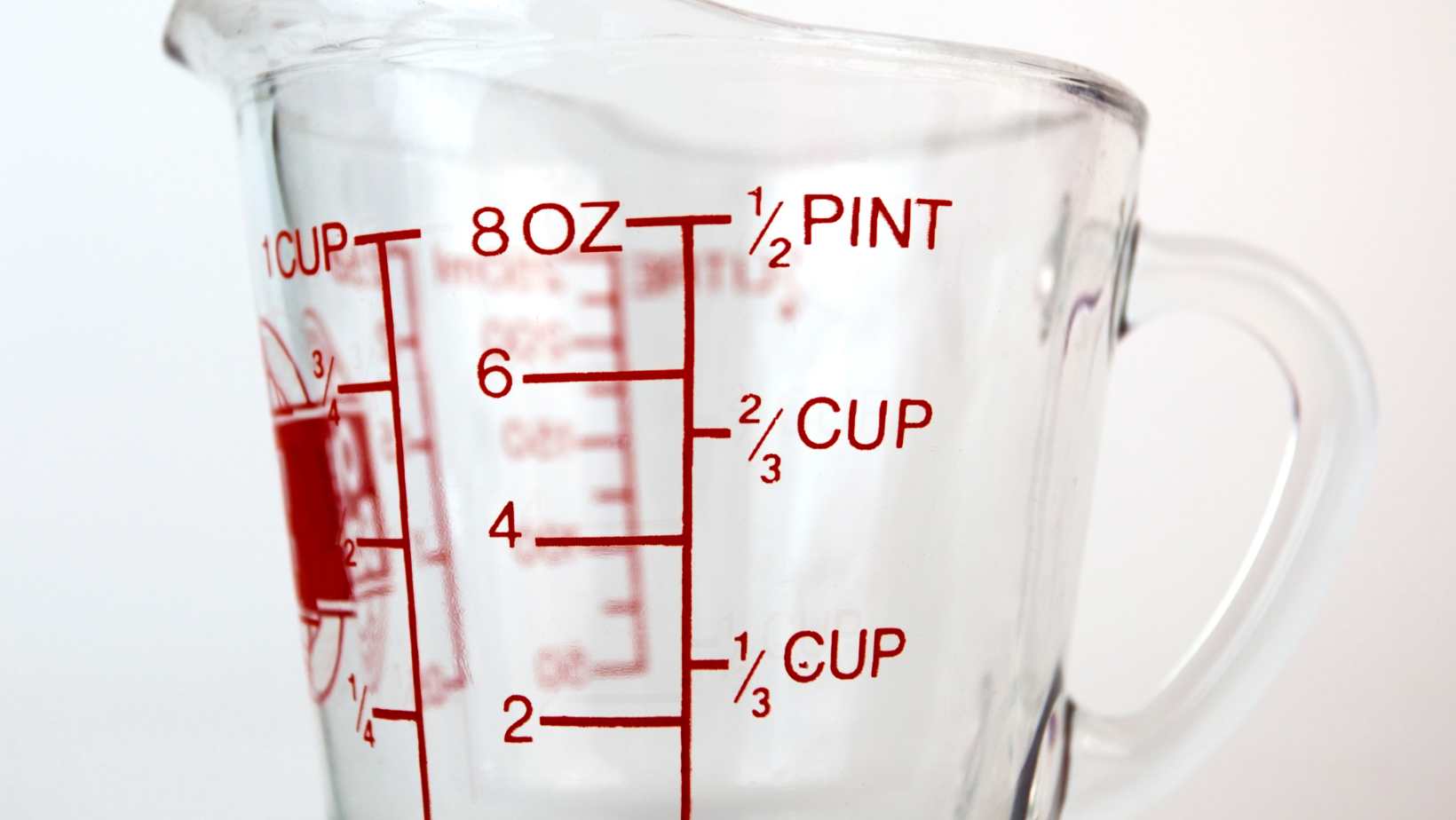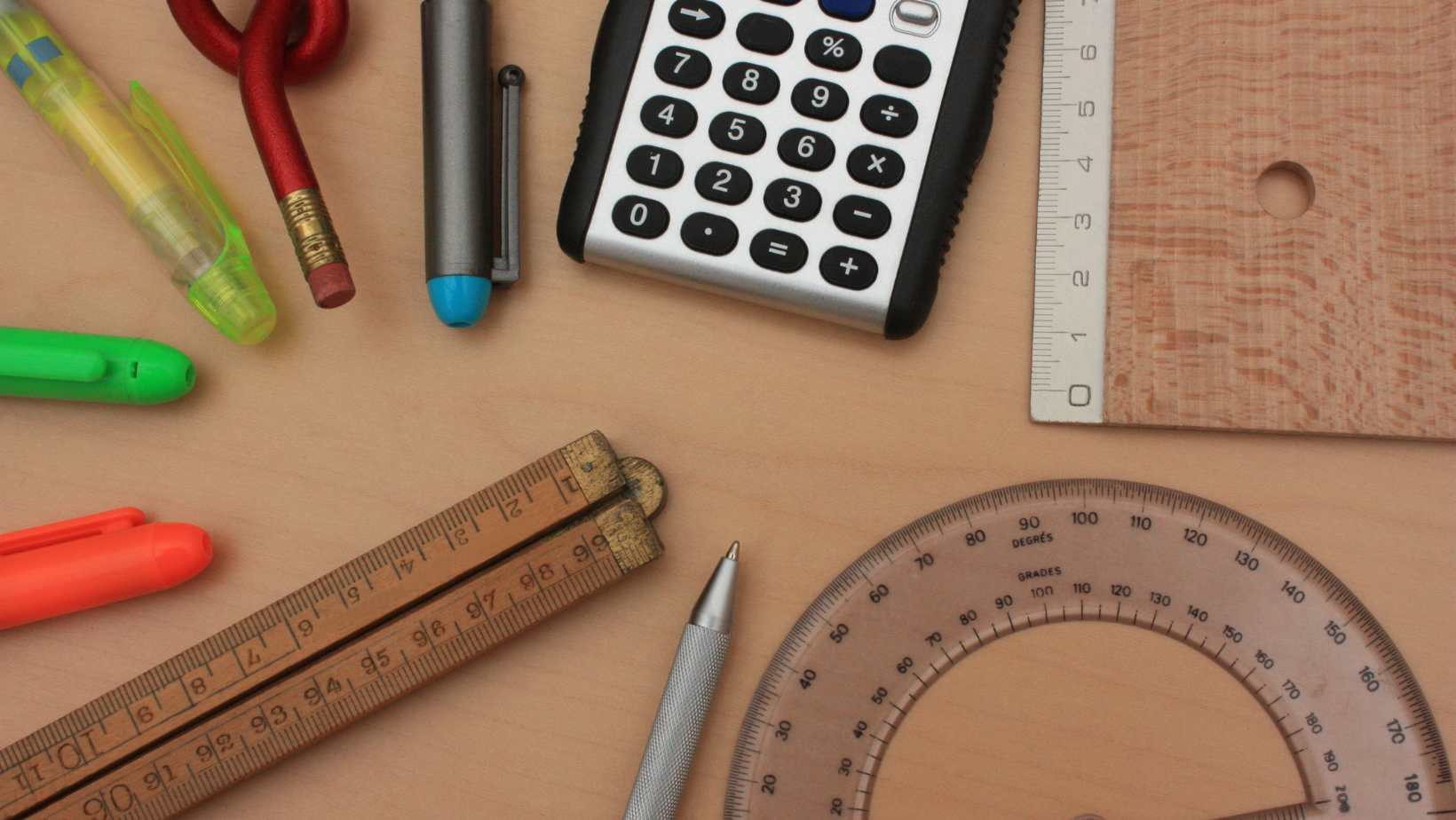How Many ML Are in a KL? Let’s Find Out

Confused about the conversion between milliliters and kiloliters? Well, let me clear things up for you. When it comes to converting units of volume, understanding how many milliliters are in a kiloliter is essential.
To put it simply, there are 1 million milliliters (ml) in a single kiloliter (kl). That’s right, one kl contains a whopping 1,000,000 ml!
When we talk about volume measurements, the prefix “kilo” indicates a factor of 1000. So when we multiply 1 liter by its corresponding factor of 1000, we get 1 kiloliter. And since there are 1000 milliliters in every liter, multiplying that by another factor of 1000 gives us the grand total of one million milliliters in a kiloliter.
How Many ML Are In A KL
When it comes to understanding metric units of volume, one common question that often arises is “How many milliliters are in a kiloliter?” To answer this question, we need to delve into the conversion between different metric units.
To convert from one metric unit of volume to another, such as milliliters (ml) to kiloliters (kl), we can rely on the fact that there are 1,000 milliliters in a liter and 1,000 liters in a kiloliter. This means that there are 1 million milliliters in a kiloliter.
Here’s an example:
- Let’s say you have 500 milliliters of water. To convert this amount to kiloliters, divide by 1 million.
- 500 ml ÷ 1,000,000 = 0.0005 kl
Therefore, we can conclude that there are 0.0005 kiloliters in 500 milliliters.
Understanding the Relationship Between Different Metric Units
It is essential to understand how different metric units relate to each other when dealing with volume measurements. The metric system follows a consistent pattern of conversion, making it relatively straightforward to convert between units.
To provide some perspective, here is a table showcasing the relationship between different metric units of volume:
| Unit | Milliliters (ml) | Liters (l) | Kiloliters (kl) |
| 1 ml | 1 | 0.001 | 0.000001 |
| 1 l | 1000 | 1 | 0.001 |
| 1 kl | 1,000,000 | 1000 | 1 |
By referring to this table or using the conversion factors mentioned earlier, you can easily convert from one metric unit of volume to another with confidence and accuracy.
Understanding the metric units of volume and their conversions allows for efficient communication and accurate measurement in various fields such as science, cooking, medicine, and more. Whether you’re working with milliliters or kiloliters, having a solid grasp on these conversions will undoubtedly prove beneficial in your endeavors.
Now that we have explored the concept of understanding metric units of volume let’s move on to the next section where we will delve deeper into other aspects related to this topic.

The Relationship Between Milliliters And Kiloliters
When it comes to measuring liquid volume, milliliters (ml) and kiloliters (kl) are two commonly used units. Understanding the relationship between these two units can be helpful in various fields such as science, cooking, or even when dealing with large-scale industrial processes. So, let’s dive into how many ml are in a kl.
To begin with, it’s important to note that “kilo” is a prefix that denotes a factor of 1000. Therefore, one kiloliter is equal to 1000 liters. Now, since there are 1000 milliliters in one liter, we can easily determine how many milliliters are in a kiloliter by multiplying the number of milliliters in one liter by the number of liters in a kiloliter.
Here’s the breakdown:
- 1 kiloliter (kl) = 1000 liters
- 1 liter = 1000 milliliters
By multiplying these values together, we find that:
- 1 kiloliter (kl) = 1,000 x 1,000 = 1,000,000 milliliters (ml)
So, there you have it! One kiloliter is equivalent to one million milliliters. This conversion factor allows us to easily convert between these two volume units.
It’s worth mentioning that while kiloliters are typically used for larger volumes like swimming pools or water tanks on an industrial scale, milliliters are more commonly used for smaller measurements such as medication dosages or recipe ingredients.
In conclusion:
- One kiloliter contains one million milliliters.
- The conversion from kl to ml involves multiplying by one million.
- Kiloliters are used for larger volumes while milliliters are used for smaller measurements.
Understanding the relationship between milliliters and kiloliters can be useful in a wide range of applications. Whether you’re measuring liquids in the kitchen or working with large-scale volumes, knowing how to convert between these units will help you accurately express and understand liquid measurements.



